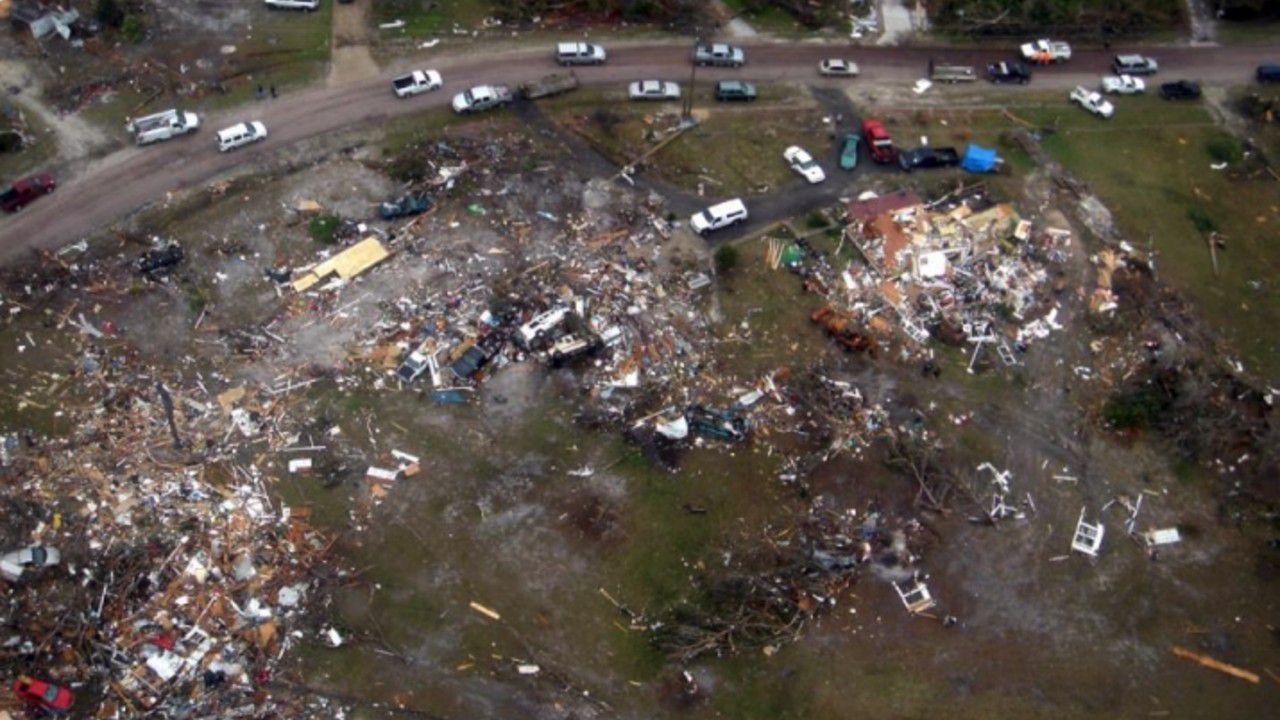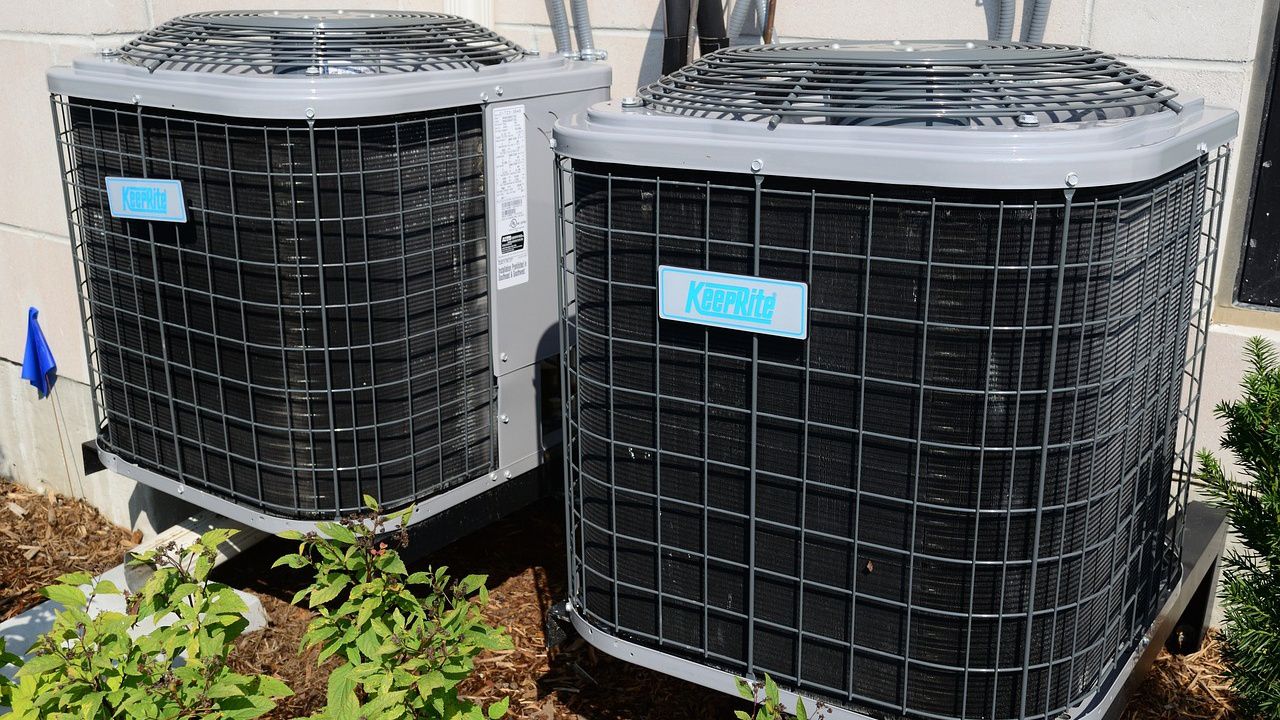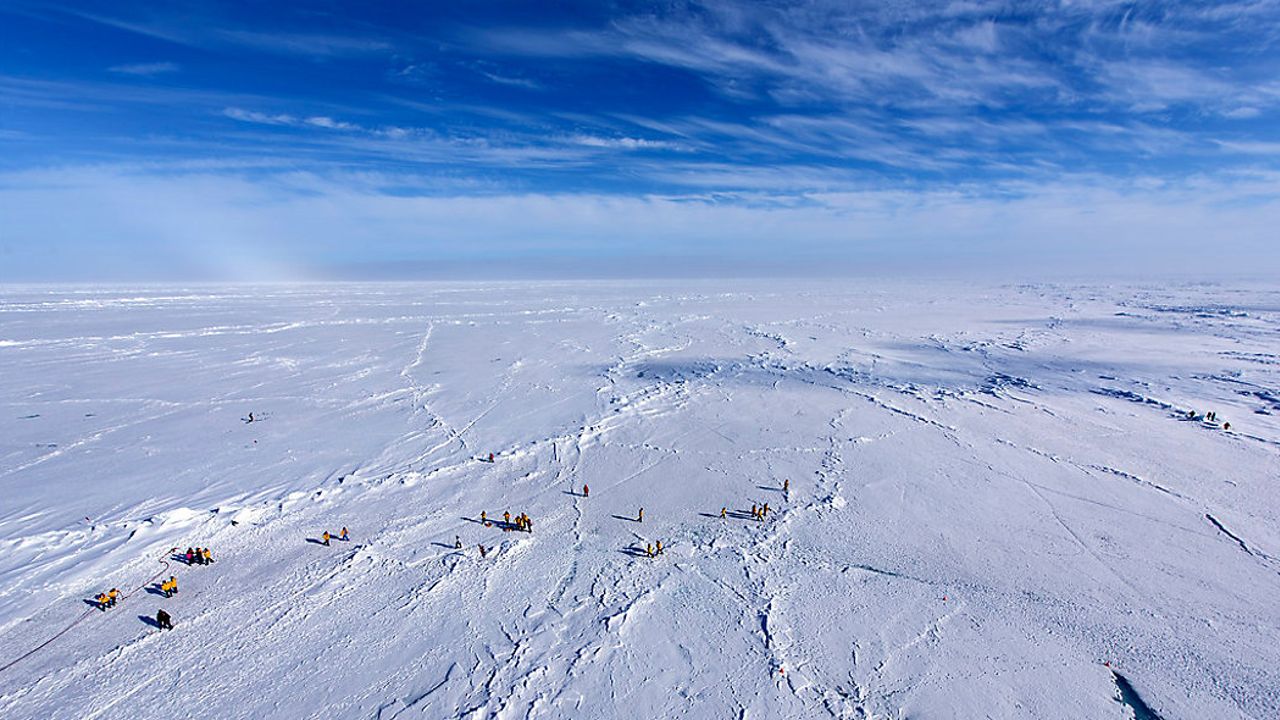February is notorious for tornadoes in Central Florida. Fortunately, this February did not see a great risk from tornadoes.
However, this not always the case. Some of the deadliest tornadoes in Central Florida have occurred in February.
You may remember the second-deadliest tornado outbreak in Central Florida history back in 2007.
That was when three tornadoes struck in the middle of the night. Two were EF3 tornadoes.
By Central Florida standards, they were long-track tornadoes.
The first EF3 traveled more than 16 miles, tearing through parts of Wildwood and moved into Lady Lake. Eight people lost their lives in this tornado.
Another EF3 tornado on the same night moved through portions of Lake County and then into Volusia County, where most of the damage took place in DeLand. This tornado traveled 26 miles and killed 13 people.
The last tornado was an EF1 and it impacted New Smyrna Beach.

Another deadly nighttime tornado event took place nearly 10 years before the Groundhog Day tornadoes, on February 22 and 23, 1998 in Kissimmee.
During this event, there were seven strong tornadoes and it is considered the most devastating tornado outbreak in Florida’s history, according to the National Weather Service Office in Melbourne.
These tornadoes killed 42 people and injured more than 260 people.
Of the seven tornadoes, three were rated F3, two were F2, and the other two were F1.
The deadliest tornado on this night happened shortly after midnight. It was an F3 tornado that impacted Sanford and tracked into parts of Volusia County. There were 13 deaths attributed to this tornado with most of the fatalities being in Seminole County.
The other deadly tornado happened shortly before midnight on February 22, 1998. It was also an F3 that impacted Lake County and Orange County. Three people were killed and another 70 people injured.
The third F3 killed 25 people with more than 150 injuries in Osceola County. It also happened just after midnight on February 23.
Overnight tornadoes seem to be a common occurrence in Central Florida during the month of February. Many weather research studies have shown nighttime tornadoes to be the deadliest.
This may not come as a surprise to you, though. Tornadoes at night are tougher to see and a majority of folks are fast asleep. This is why it is so important to have not just one, but multiple ways to receive severe weather alerts.
You want to make sure have alerts that will wake you from a deep sleep. This can be done with alerts on your phone or a NOAA weather radio, which has been shown to be the most reliable to alert people when severe weather is threatening.
Weather radios can be set and on standby while you sleep and most have loud alarms that can wake you if a tornado is threatening your neighborhood in the middle of the night.
Severe weather can happen at any time and any month in Central Florida. This is why it is important to be ready for severe weather year-round and just not during hurricane season.
Always have an emergency supply kit on-hand and a plan for your family if severe storms or tropical systems threaten Central Florida.








